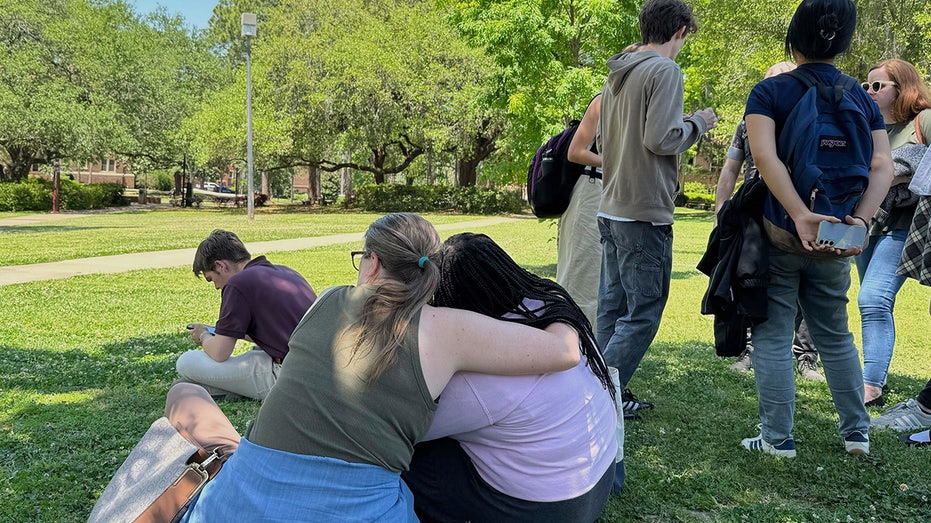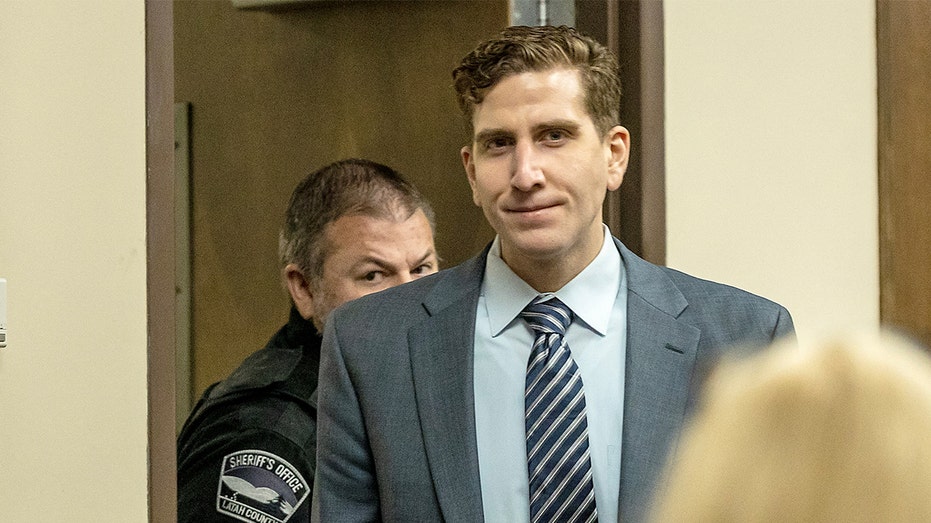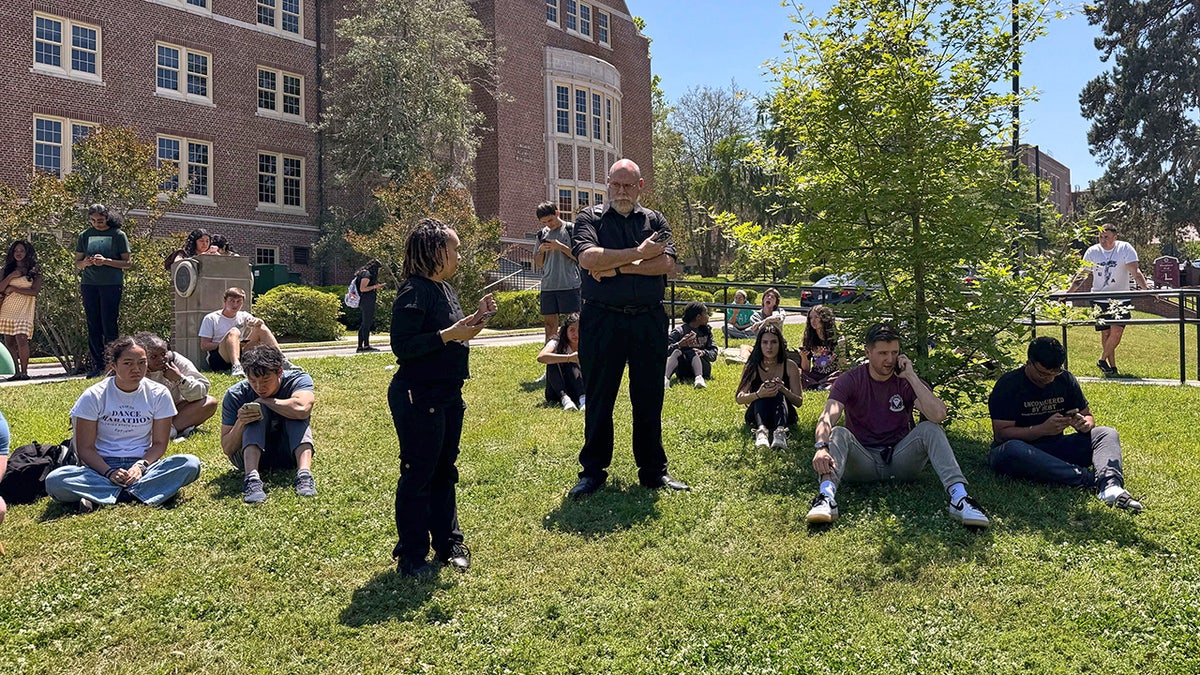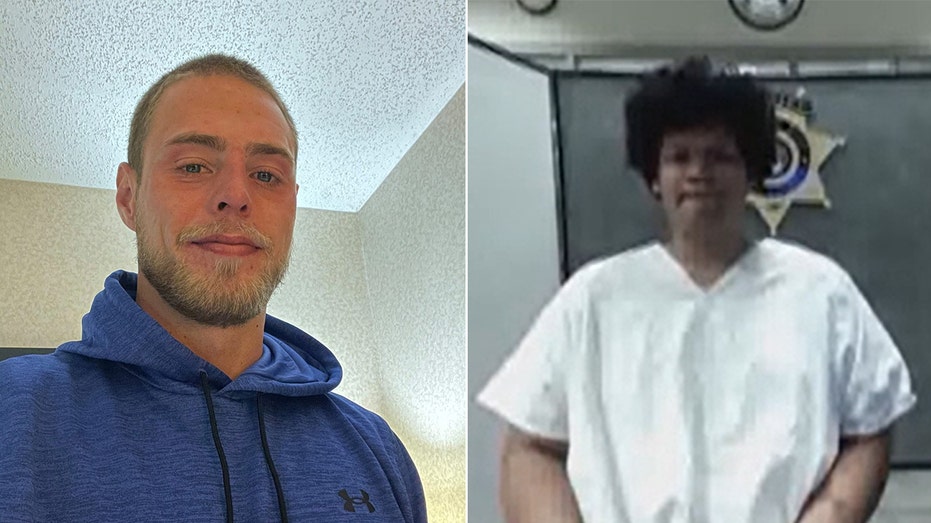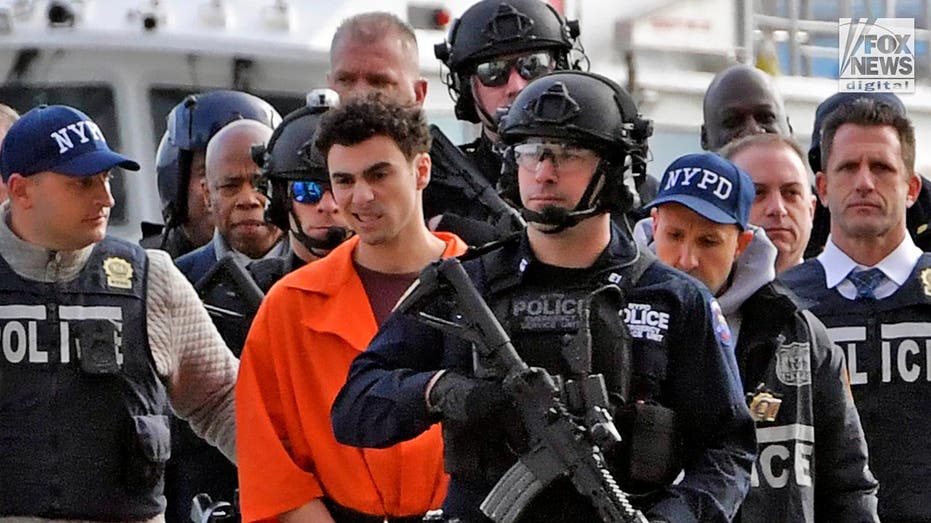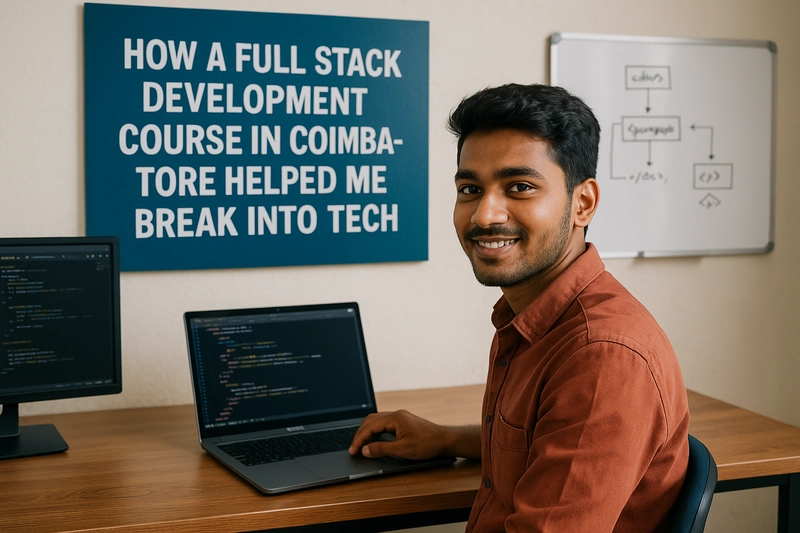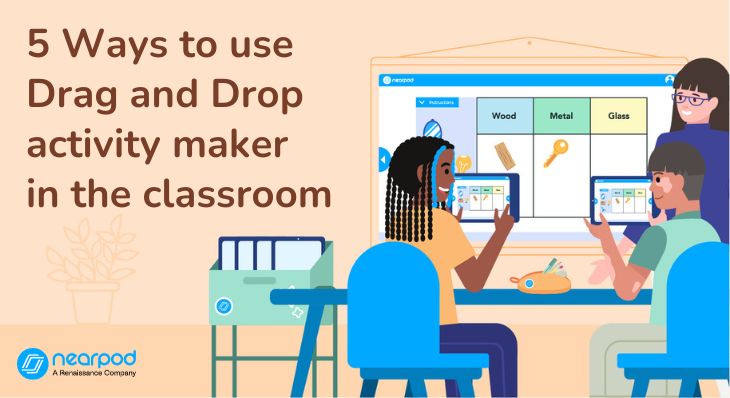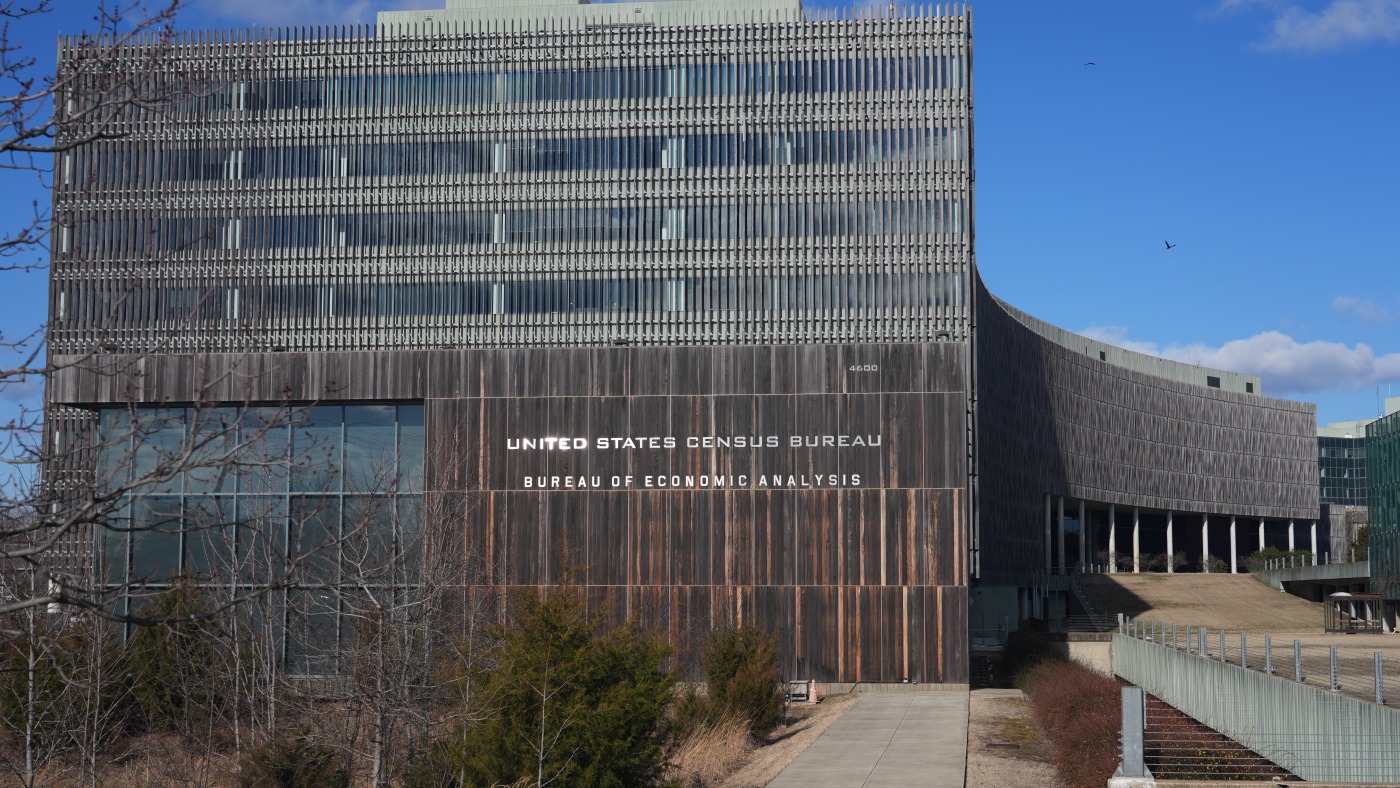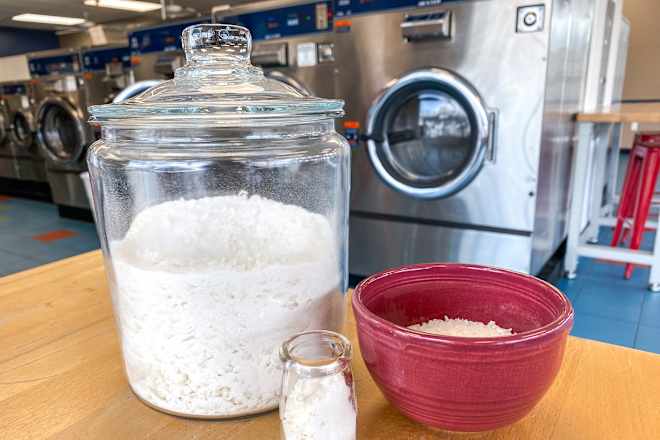Preparing for the interview season
Spring brings not only showers and flowers, but it also brings the opportunity to interview for new education positions. Preparing for an interview involves several key steps that can significantly impact the outcome.


Key points:
- Applicants should be sure to do their research on the school
- Better benefits could help ease educator turnover
- Female district leaders target back-to-school priorities
- For more news on career moves, visit eSN’s Educational Leadership hub
Spring brings not only showers and flowers, but it also brings the opportunity to interview for new education positions. Whether the applicant is just finishing student teaching or is an experienced teacher looking for a new challenge, there are some basic reminders all applicants should take into consideration.
When you accept the interview, make sure you ask about where to park, how to enter the building, approximately how long you should plan for the interview, and who you will be meeting with, if possible. Ask if you should bring anything for the interview and for a contact number in case you have an emergency on the day of the interview. The person setting up the interview may or may not be able to answer all your questions, but the more information you can gather, the better. If you do have a professional portfolio or website, include that information in a brief version of your resume and bring a hard copy to hand out to each member of the committee.
Prior to going to the interview, it is important that an applicant does their homework to understand the scope of the position and to learn something about the school and the district. Being able to speak to the school’s mission, vision, motto, and why those motivate the applicant to want to work in the school are often compelling for the interview committee. If you can learn about the members of the interview committee, it is sensible to take the time to do so.
On the day of the interview, dress for success. Even in schools that have a culture of casual dress, it sends a positive message to dress professionally in a suit or, at the minimum, a collared shirt and dress pants for men and the equivalent for women. Research has shown that dark blue and grey colors are the most positively received. Applicants looking to add color should consider using the school colors of the desired position. I remember a principal who was always impressed by candidates who wore a tie in school colors.
Punctuality is a non-negotiable for the interview. Arriving at least 15 minutes before your scheduled interview time demonstrates responsibility, respect for others’ time, and good planning. It gives you a moment to collect your thoughts, adjust your appearance, and take a few calming breaths before stepping into the spotlight. Avoid arriving too early (such as 30 minutes or more), as this may put pressure on the office staff and interviewers, especially if they are still preparing. Likewise, arriving even a few minutes late can create a negative first impression that’s difficult to undo.
As you enter the school, remember that everyone you meet may be part of the interview process, whether you realize it or not. From the front office to the hallway, people are watching–not in a sinister way, but in a “would I want to work with this person?” kind of way. So, when preparing for an interview, remember to treat everyone, including clerical staff and security, with respect, kindness, and attention. Their impressions matter more than you think. When I scheduled final interviews with candidates, I would always plan on having them wait with my executive assistant for 5 to 10 minutes. Afterwards, I would ask her for her thoughts about the candidate. Similarly, I would often ask a trusted IT person to provide a tour of the school. That person would be asked to provide their insights as well. Some would engage with them. Others would treat them as part of the furniture or consider them beneath their time as they were not teachers or administrators. Those who didn’t positively engage with them were less likely to be offered a position.
In the interview itself, answer questions directly and succinctly. Most initial interviews will have a set of predefined questions they wish to ask every candidate. The first question asked is nearly always: “Tell us a little about yourself and why you are interested in the position.” Prepare a brief answer to this question that addresses both aspects of the question. Keep your response brief and remember that the interview team will already have reviewed your cover letter and resume. Highlight your education and experience. No need to go back to your own kindergarten experiences, unless you are applying for a kindergarten position.
In most situations, the last interview question will be: “What questions do you have for us?” You should prepare at least three to five questions for this portion of the interview. Normally, one or two might be answered during the interview itself, so you need a few extra. However, under no circumstances should you ask more than two to three questions. One good question is to ask about the next steps in the interview process if that has not been explained. I remember one case of an assistant principal interview where the candidate asked about 12 multipart questions at the end of the interview. She was not brought back for the next round.
This should be self-evident, but it bears repeating: A buzzing, ringing, or vibrating phone during an interview is an avoidable disaster. Even the distraction of checking it while waiting in the lobby can send the wrong signal. Make sure your phone is off–or better yet, leave it in your vehicle for the interview.
At the end of the interview, make sure you thank the committee members for their time. I highly recommend sending handwritten thank-you notes to each member of the interview committee. A thank-you note has tipped the balance in favor of a candidate when the other did not send one. If the time frame for a decision is short, an email thank-you is acceptable, but they do not hold the same weight as a traditional written thank-you.
Preparing for an interview involves several key steps that can significantly impact the outcome. From understanding the logistics and doing thorough research on the school and district, to dressing appropriately and arriving punctually, each detail contributes to making a positive impression. Remember to treat everyone you encounter with respect, as their impressions can influence the decision-making process. During the interview, answer questions directly and succinctly, and be prepared with thoughtful questions of your own. Finally, expressing gratitude through thank-you notes can leave a lasting positive impression on the interview committee. Good luck!
